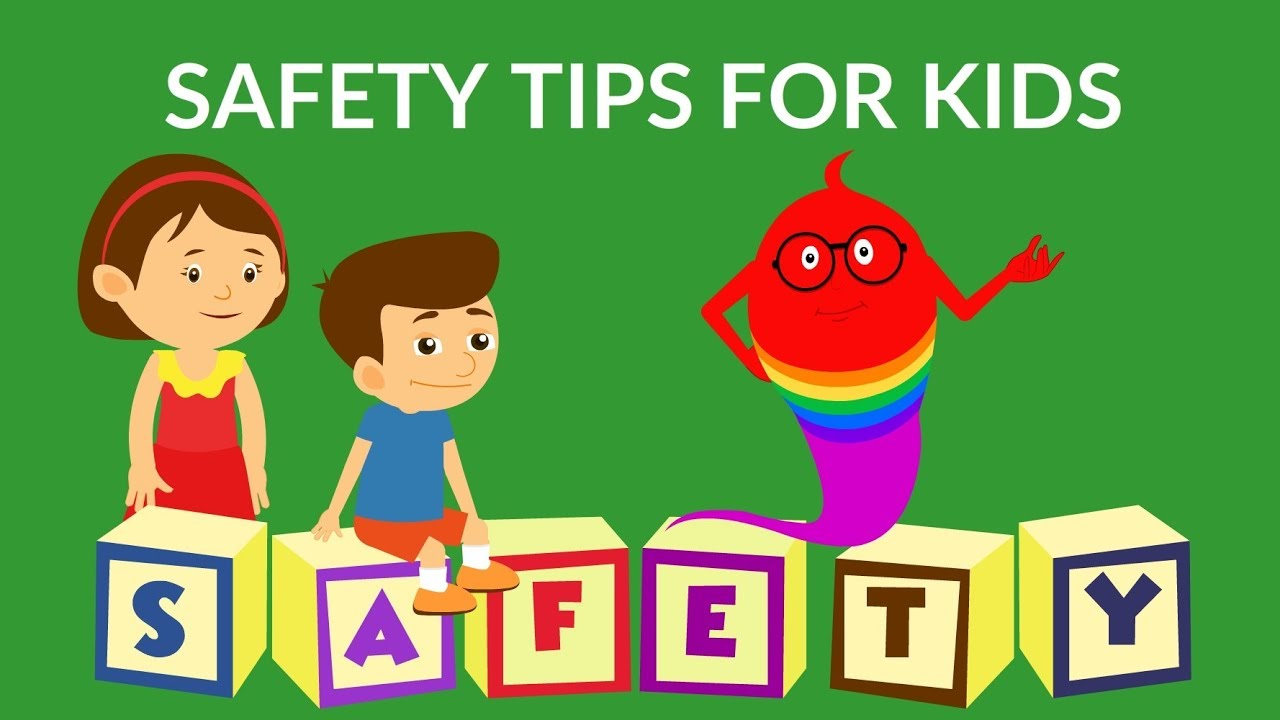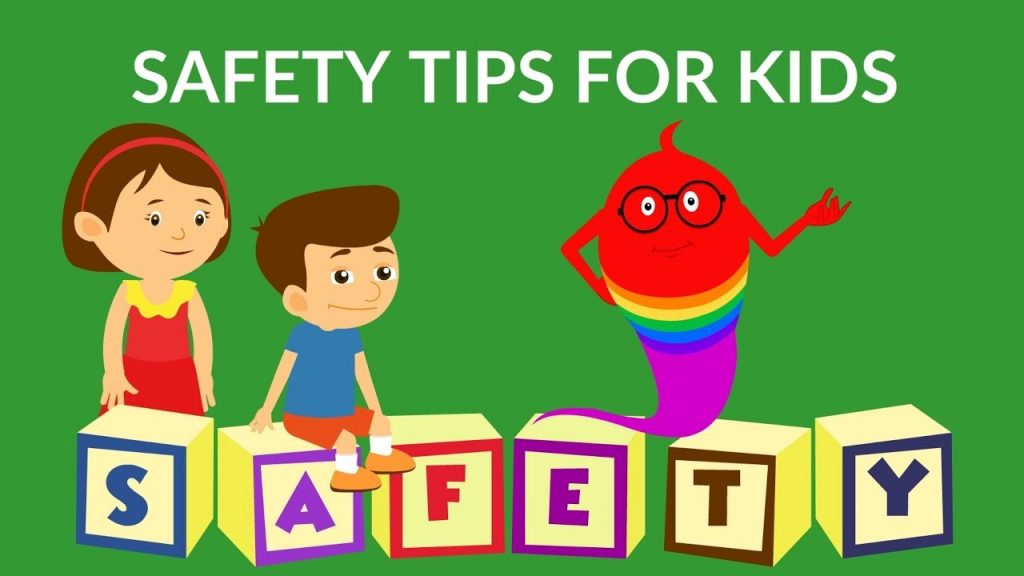
Our home ought to be the safest place for our kids, but negligence can turn it into a danger zone. To ensure children aren’t exposed to home hazards, parents must put in place some measures and follow some safety rules.
We have compiled a list of home safety rules that parents should follow. Go through this list, follow the instructions, and let’s protect our leaders of tomorrow from danger.
1. Electrical Materials should be Childproofed
Nobody knows the reason, but children are somehow attracted to electrical plugs, sockets, and cables; they see them as toys. If you allow them to play around with these electrical materials, before you know, they would be messing around with the cables and sticking their little fingers inside the holes of the sockets.
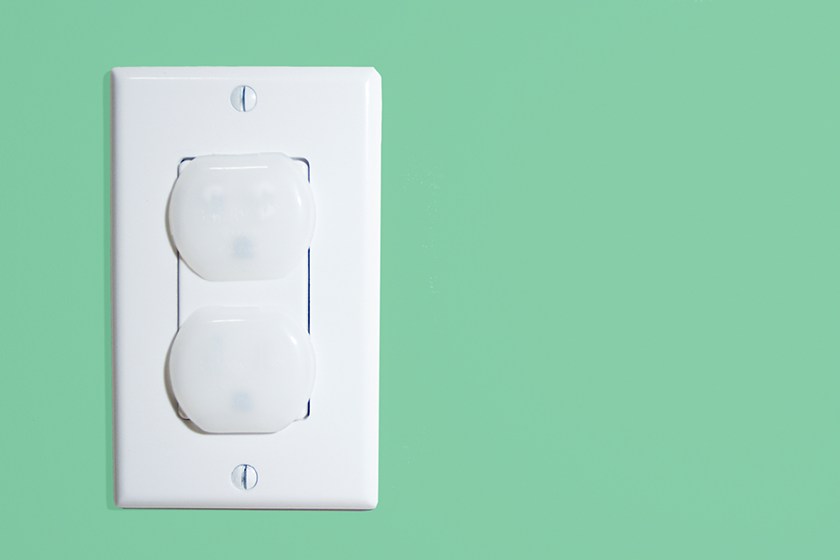
They can even go ahead and put cables and plugs in their mouth, and this can be very dangerous if they are connected to the power source. To prevent electrical hazards at home, make sure there are integrated covers for all sockets. Cables of home appliances should be neatly packed, and children should be educated about the dangers posed by electricity.
2. Keep Chemicals out of reach of Children
Toilet washers, body creams, perfumes, shampoos, soaps, fuel, and many other household products are made from chemicals. By requirement, the manufacturing companies usually advise that these products should be kept away from the reach of children, and this is an important home safety rule you should take seriously.
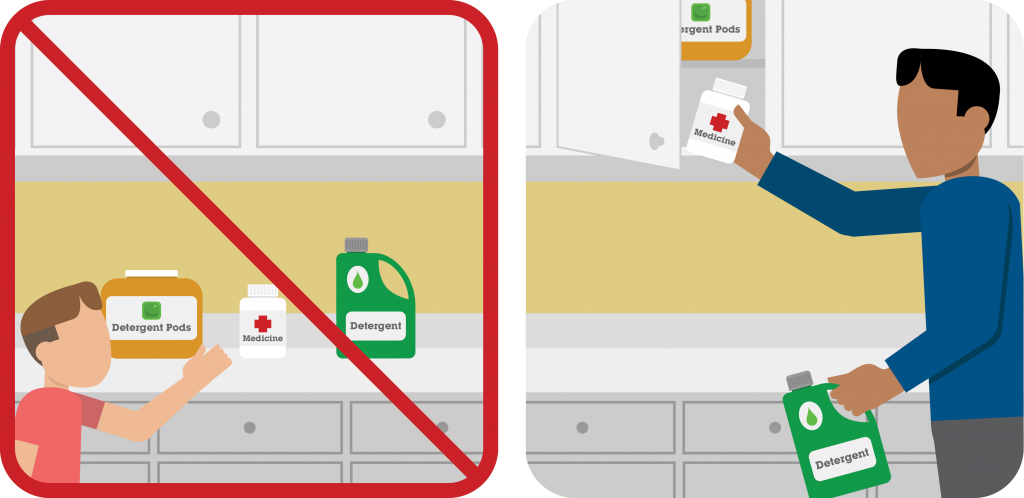
The reason is that some of these products, especially body creams and perfumes, smell nice, and children are attracted to them. In the course of playing with their packaging materials, children may mistakenly inhale or swallow the content, and this can be very harmful to their fragile digestive system. To ensure your children are safe from household chemicals, these products must be locked away in a cabinet or put on a high shelf that’s out of the reach of your children.
3. Secure all Openings in the House
As they play around the house, children may try to open the doors and windows, and in doing so, they can get their fingers stuck in the gaps of the door. Children may also accidentally fall from the staircase if they are allowed to play near it.
To avert these accidents from happening, the home safety rule you must follow is to prevent all doors and windows from easily opening by having locks on them. For the staircase, a barrier should be installed to prevent children from crawling through it.
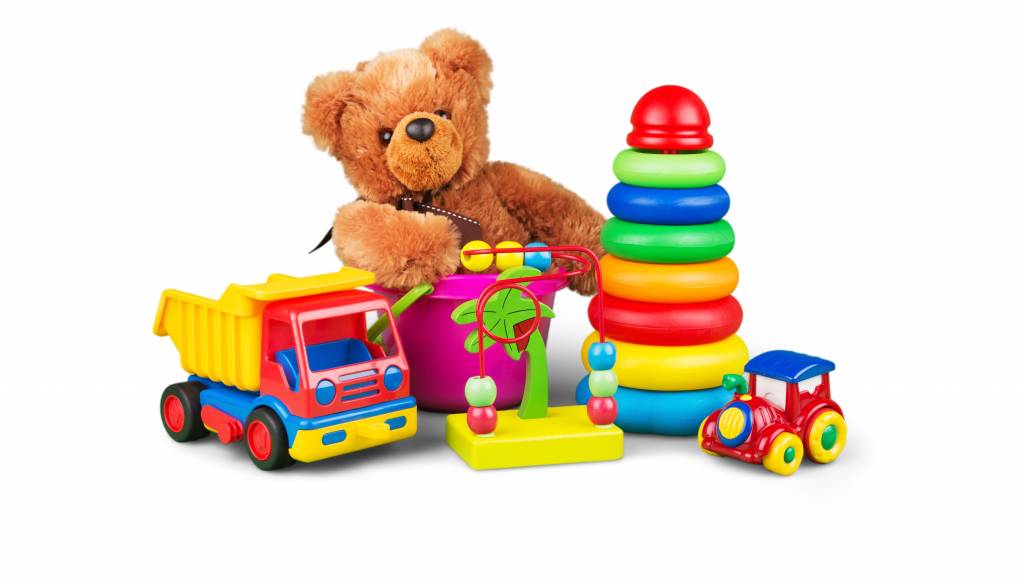
4. Keep small items and toys in secure locations
Kids, especially little ones, are always looking to explore the house, and anything they find can easily be put in their mouths. This doesn’t mean they have the intention of swallowing it, but if the item is tiny, it can slide into their throat and choke them. For this not to happen to your children, avoid buying them toys with small parts that can be detached easily. Small items in the house should also be kept away from children.
5. Don’t leave children alone inside the water
Children love to play in the water, and it is a good idea to make your children learn how to swim at a young age. Nevertheless, as a home safety rule, don’t leave them alone – unsupervised – in a play pool or bathtub. Even if you have to quickly pick up something from the room or in a hurry to get to the kitchen to prevent your meal from getting burnt, never ever leave your children alone inside water.
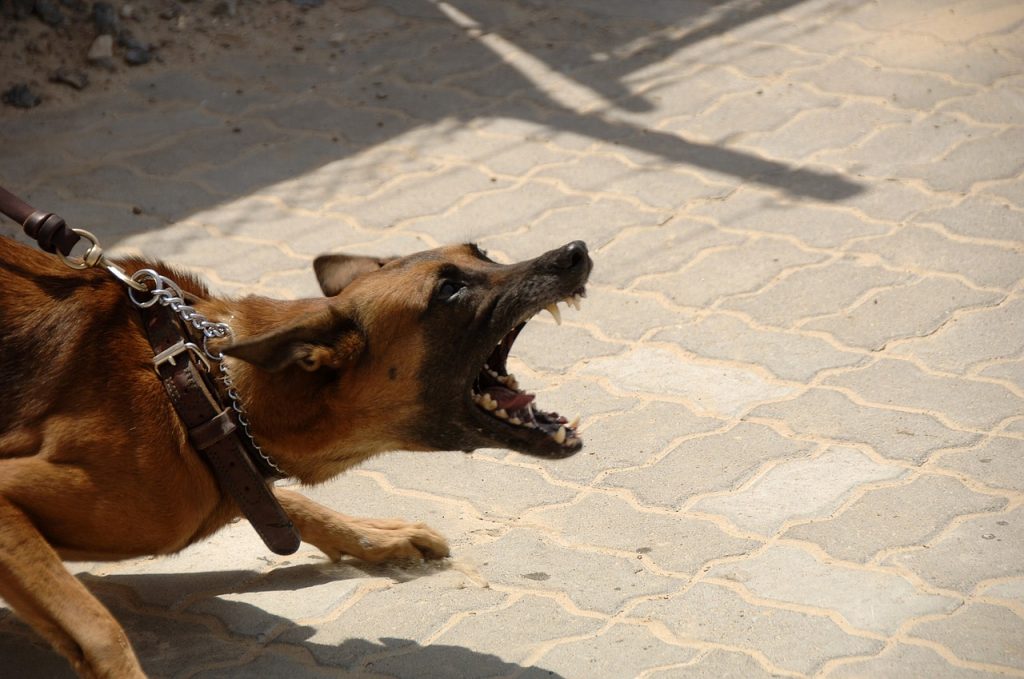
6. Don’t leave kids alone with a pet
While pets are usually friendly to all the members of the family, don’t forget that they are still animals. They can misbehave at times or become aggressive towards humans when they feel threatened or uncomfortable. Adults tend to notice when pets get aggressive and can easily deal with the situation effectively.
Kids, on the other hand, don’t quickly recognize when pets are in a bad mood, and this makes them susceptible to being attacked. To be safe around pets, advise your kids to maintain distance when a pet starts making noise or showing it isn’t comfortable. Also, tell your children not to disturb a pet when it is eating or startle it when sleeping.
7. Keep a First Aid Kit at Home
Irrespective of the diligence applied when adopting home safety rules, accidents still tend to occur. Therefore it is advisable to have a first aid kit at home to cater for such minor accidents. The first aid kit should be equipped with bandages, pieces of cotton, antibacterial ointments, soothing creams, burn lotions, bite antidotes, and other useful materials.

The location of the kit should be known by teenagers and adults in the family – and everyone should have the basic knowledge of how to administer first aid. If a local doctor lives around, his or her contact details should also be kept in the first aid box. The doctor should be called upon for quick administration of the first aid, in a situation whereby nobody at the scene of the home accident knows how to administer it.
In conclusion, while the home safety rules talked about in this post would help reduce home accidents, you also have to be vigilant. You have to keep your eyes and ears open when at home with your kids. By being vigilant and following the safety rules, your home will become a safe abode for your kids.
